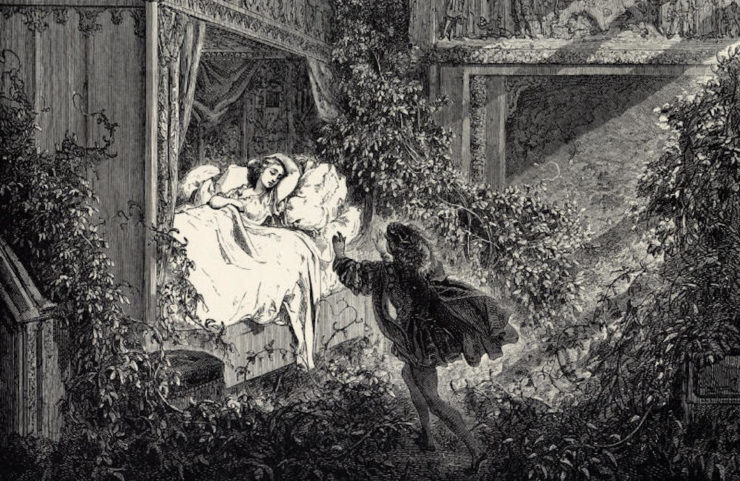What could be better than a retelling of your favorite fairy tale? How about a retelling of two of your favorite fairy tales? How about a retelling that incorporates a bunch of your favorite fairy tales?
One of my favorite types of narrative is the mashup, wherein a bunch of existing characters or storylines mingle together, resulting in brand-new flavors, new adventures, and if you’re lucky, fresh nuances to explore.
The mashup genre is perhaps more prevalent now, after being popularized by ABC’s Once Upon a Time, than it was when I first discovered this type of story, works which blend and braid familiar fairy tales together to create something funny or insightful or simply unique. There is a frisson of excitement that comes with each recognition, as we spot each new tale joining the mix, as familiar characters find themselves grappling for the first time with other characters’ situations. The familiar becomes fresh through this juxtaposition, and we get to explore new angles as characters are shown in a different light, intermingling and shading each other with their own ideas. Interestingly, it seems somewhat easier to find versions of mashups written for adults rather than a younger audience, which is not always the case for the individual tales themselves. Each layer and twist added allows for more complexity and subtlety: iconic characters and tropes are given the chance to evolve in ways that a simpler, more straightforward retelling might not allow.
But I think the fundamental appeal of these tales is that they remind us that all our stories are connected, and perhaps at a closer degree than we generally realize. These mashups assure us that if you take the time to step back and see the big picture, you’ll find that we’re all in this together.
Beauty by Sheri S. Tepper
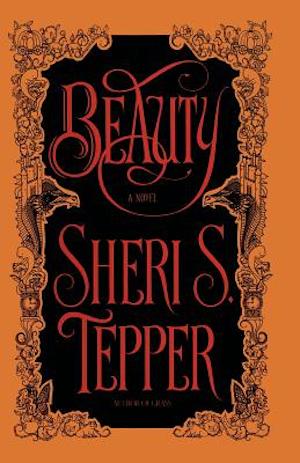
One of the most ambitious fairy tale mashups I’ve come across, this is the story of Sleeping Beauty—but upon reaching her sixteenth birthday she sidesteps her death curse, not falling asleep but instead finding herself transported into a bleak dystopian future. The scope of the story is huge, jumping back and forth through the centuries, so that we can see the seeds of the hopeless future planted in our own familiar time. The fairy tales that Tepper borrows from are reframed in adult and complicated contexts, resulting in much emotional upheaval and an absence of easy answers or simple solutions. The beginning of the book feels impossibly sprawling but the threads weave together impressively in the second half, and for all that the novel’s message can feel heavy-handed at times, it never overwhelms the story, and remains no less relevant now than when Beauty was first published.
The Book of Lost Things by John Connolly
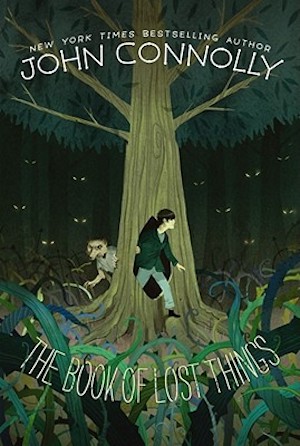
David is a 12-year-old boy who’s just lost his mother. When his father remarries and his stepmother has a son, David retreats into his books and fairy tales, and is soon drawn into a dangerous world filled with more than just his own imaginings. Full of stories that blend in unusual ways or feature their own particular twists—including a rare gender-swapped version of Beauty and the Beast, and a somewhat vampiric Sleepy Beauty—Connolly crafts a rather psychological exploration of grief and growth through David’s imagination. (And isn’t that journey, that growth, at the heart of why we tell stories?) More openly acknowledging the metaphorical nature of the tales than most stories do, it’s still easy to get lost with David in his journey and the various characters he meets and with whom he must come to terms.
Castle Waiting by Linda Medley
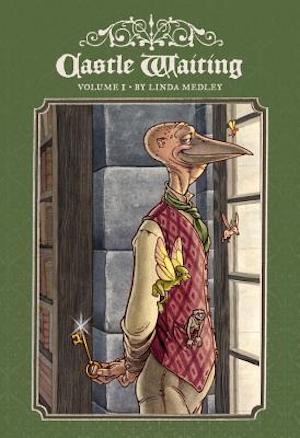
After Sleeping Beauty is awakened by her true love, she’s carried away to be his wife and live happily ever after, leaving her castle of sleeping servants behind. This graphic novel series is about those servants, their stories and lives after waking, separated by 100 years from the world they once knew. Unique nested stories deftly reference familiar tales in ways that are both surprising and inventive, and the artwork is clean, clear, and just as lovely as the story. The series won two Eisner awards, and I often recommend it to those who haven’t tried graphic novels before. Laugh-out-loud funny and full of rich characters, my only complaint about this is that there isn’t more; it’s open-ended enough to continue, but thus far there are only two collected volumes. Even so, Castle Waiting is well worth seeking out for fairy tale devotees.
Kissing the Witch by Emma Donoghue
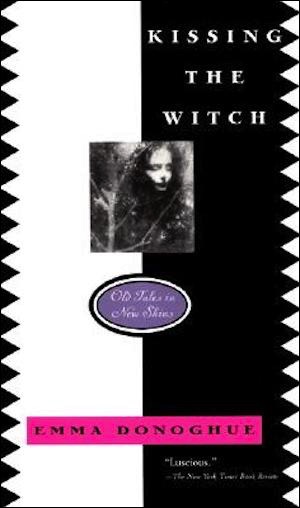
In this utterly gorgeous collection of short stories, Donoghue manages to revisit a number of classic tales and weave them together through a clever and unique narrative device that is as satisfying as it is lovely. Each story shifts back in time from the previous tale, pulling another character out of their familiar place and taking her somewhere new: Cinderella learns that she would rather be with someone who cares for her than with strangers at a ball; Cinderella’s godmother becomes Thumbelina, learning that the world is too small to hold her spirit. And on and on, back through a series of tales that invert themselves and twine together into bright and powerful portraits of women, friendship, and love.
The Stepsister Scheme by Jim C. Hines

This adventure is both a mashup and a “But what happened after?” story, intertwining the tales of Cinderella, Sleeping Beauty, and Snow White into a fun adventure story. When Danielle’s (she doesn’t usually go by “Cinderella”) stepsister Charlotte shows up with a sudden knack for powerful magic and kidnaps Danielle’s husband, the three princesses have to rescue him. Talia (Sleeping Beauty) is gifted with fairy magic which makes her nearly unbeatable in a fight, and Snow’s mirror magic makes her a skilled enchantress in her own right. This may sound like lighter fare, but Hines makes the core relationships between the princesses the best part in what is an utterly satisfying series. Including this first installment, there are four books in the Princess Series—each stands on its own, but together they make a complete and compelling tale about young women who are so much more than their mythologies.
***
Obviously, this isn’t meant to be an exhaustive list: in the comments below, let me know which mashups have I missed, and which are your favorites?
Rachel Ayers lives in Alaska, where she writes cabaret shows, daydreams, and looks at mountains a lot. She has a degree in Library and Information Science which comes in handy at odd hours, and she shares speculative poetry and flash fiction (and cat pictures) at patreon.com/richlayers.










